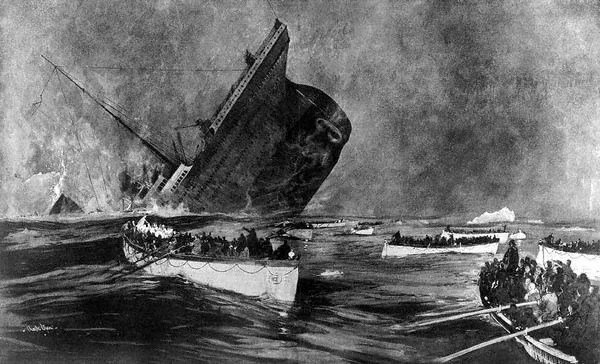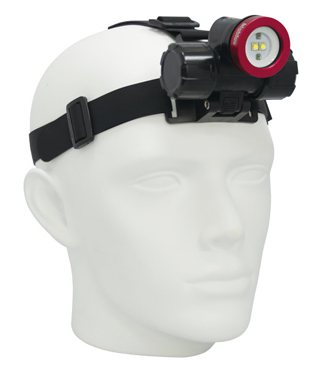
Few pieces of sporting equipment carry more mystique than scuba regulators. Regulators are sold with a dizzying array of choices, features, and often hype, and there may be a fierce loyalty to brands among experienced divers. But is all the hype justified? Learn about common regulator concerns, terms, and myths. A bit of understanding and education will allow new divers to breathe easily (no pun intended!) when choosing a scuba diving regulator.
What Does a Scuba Diving Regulator Do?
Obviously, a scuba diving regulator allows a diver to breathe from a tank underwater. But how does a regulator transfer the high pressure air from the scuba tank to the diver’s lungs at a pressure that will not injure him?
The purpose of a scuba diving regulator is to reduce the high pressure air in a scuba tank to a breatheable pressure on demand.
Scuba regulators are simple devices, and the method in which they reduce high pressure tank air to a breathable pressure is easy to understand. Even the simplest scuba regulators do this adequately, at all recreational diving depths and with remarkable reliability.
Regulator Terminology:
To understand how scuba diving regulators work, it is important to become familiar with some basic regulator vocabulary and concepts.
• First Stage: The first stage of a scuba diving regulator is the part of the regulator that attaches to the tank valve.
• Second Stage: The second stage of a scuba diving regulator is the part that the diver puts into his mouth.
• Tank Pressure: The pressure of the air in a scuba tank. Air inside a tank is compressed to a very high pressure in order to carry an adequate supply of breathing gas for a scuba dive. For a frame of reference, pneumatic tools such as those used by mechanics commonly operate at 90 – 140 psi. A full scuba tank is often pressurized to 3000 psi.
• Intermediate Pressure: The pressure of the air output from the first stage and sent to the second stage. Common intermediate pressures are around 125 – 150 psi above ambient pressure.
• Ambient Pressure: The pressure surrounding a diver. Ambient pressure underwater is greater than pressure at the surface because pressure increases with depth. A scuba diving regulator delivers air to a diver’s lungs at ambient pressure. Since the ambient pressure changes as a diver changes depth, scuba diving regulators must adjust the air delivered to ambient pressure as a diver ascends and descends.
How Do Regulators Work?
Scuba regulators reduce tank pressure in two steps. The first step of pressure reduction is from tank pressure to intermediate pressure, and the second step of pressure reduction is from intermediate pressure to ambient pressure.
The Regulator First Stage:
The first stage reduces air at tank pressure to intermediate pressure, and releases the intermediate pressure air into a hose which feeds into the regulator’s second stage.
The way the regulator first stage reduces tank pressure is ingenious.
1. A first stage consists of two air chambers separated by a valve. When the regulator is not pressurized this valve is open. When connected to a tank, air from the scuba tank flows into the first chamber, through the valve, and into the second chamber. The valve between the two chambers stays open until the air in the second chamber reaches intermediate pressure.
2. Once the air in the second chamber reaches intermediate pressure, the valve between the two chambers closes, preventing the high pressure air from the tank from flowing into the second chamber.
3. When a diver inhales, air from the second chamber is released to the second stage.
4. As the air in the second chamber is released, the pressure in the second chamber drops, allowing the valve between the two chambers to open. Air flows from the first chamber into the second chamber until the pressure in the second chamber rises to intermediate pressure and once again forces the valve between the two chambers closed.
The Regulator Second Stage:
The second stage reduces air from intermediate pressure to ambient pressure so that a diver may safely and comfortably breathe.
Another important feature of a second stage is that it allows air to flow to the diver’s mouth only when he inhales. This is a vital feature of scuba diving regulators as a constant flow of air would deplete the tank very quickly.
1. The second stage consists of a single air chamber with a valve in the inlet fitting for the hose from the first stage. This valve stays closed except when a diver inhales, and separates intermediate pressure air in the hose from ambient air in the second stage.
2. The second stage uses a flexible silicone diaphragm to seal water out and air inside. There is a lever that rests against the diaphragm on the interior of the second stage. This lever operates the valve in the inlet fitting.
3. When a diver inhales, he lowers the air pressure inside the second stage by taking some of its air into his lungs. This allows water on the outside to push the diaphragm in slightly, which pushes on the lever, opening the valve, and allowing air to rush in until the pressure equals the outside water pressure, which is ambient pressure.
The simple genius of this design is that the water pressure surrounding the regulator creates the ambient pressure. The result is that the second stage automatically adjusts to the diver’s depth.
learn more at :: https://www.thoughtco.com/how-does-a-regulator-work-2963185







Awesome post thanks for sharing
Thanks for the feedback! Kirk Scuba Gear